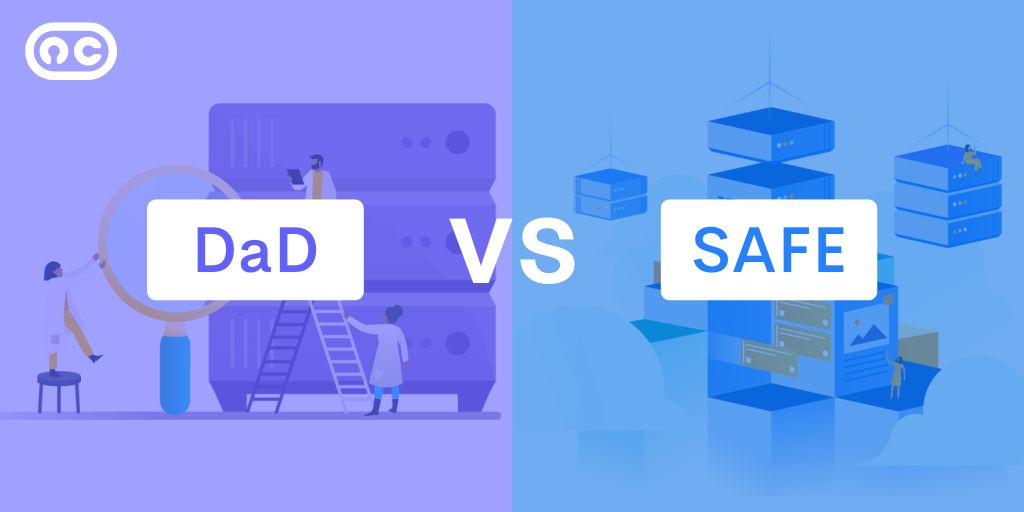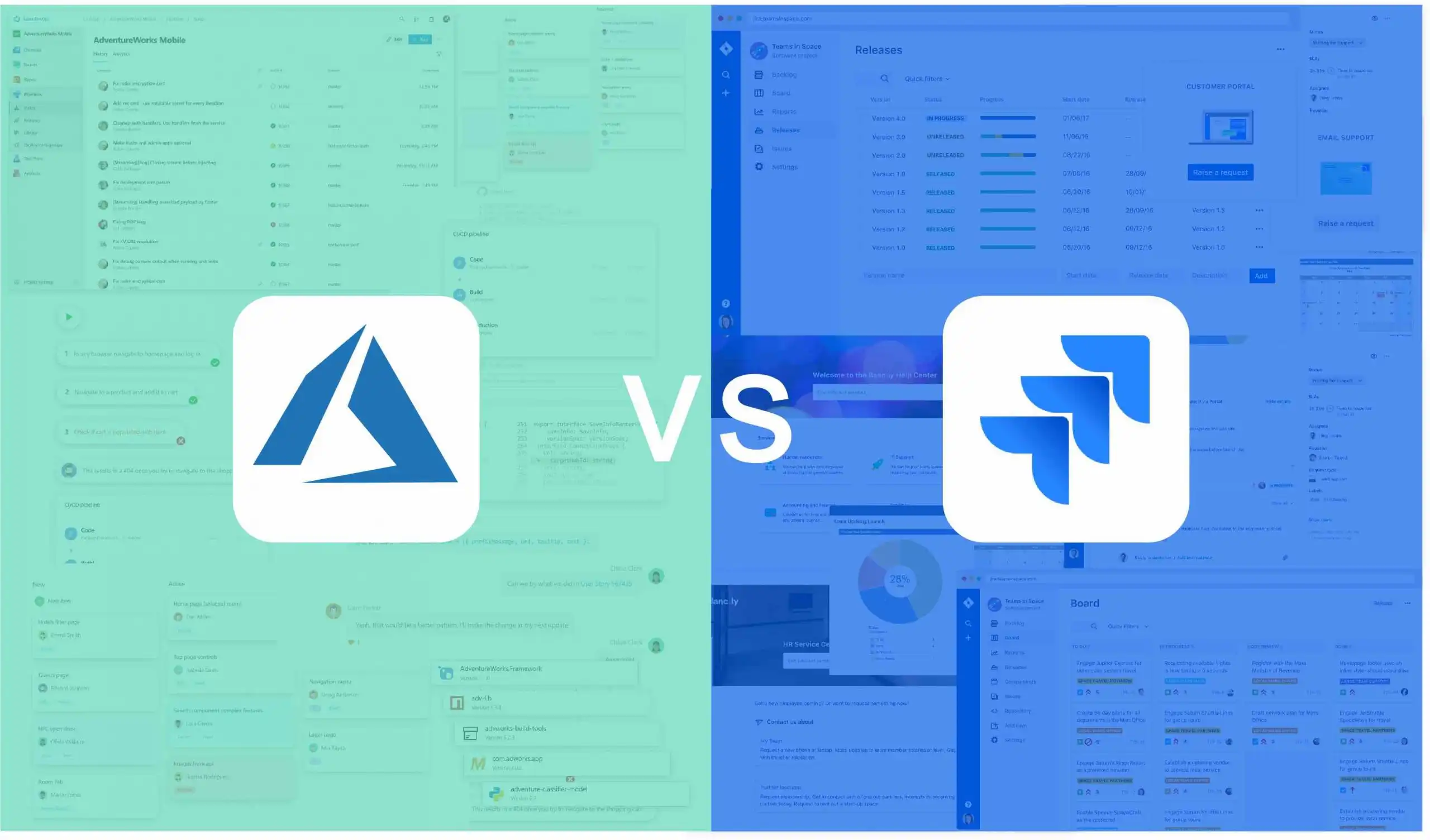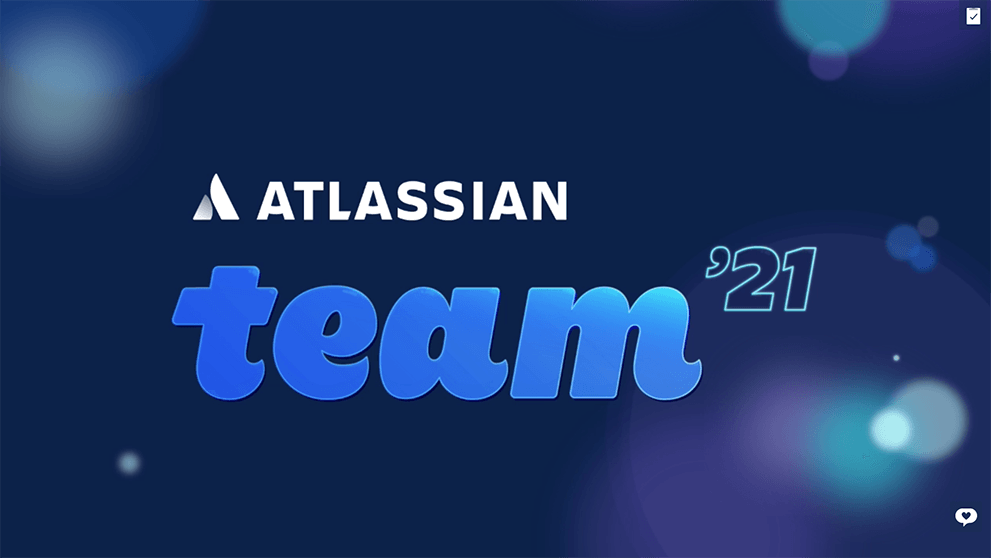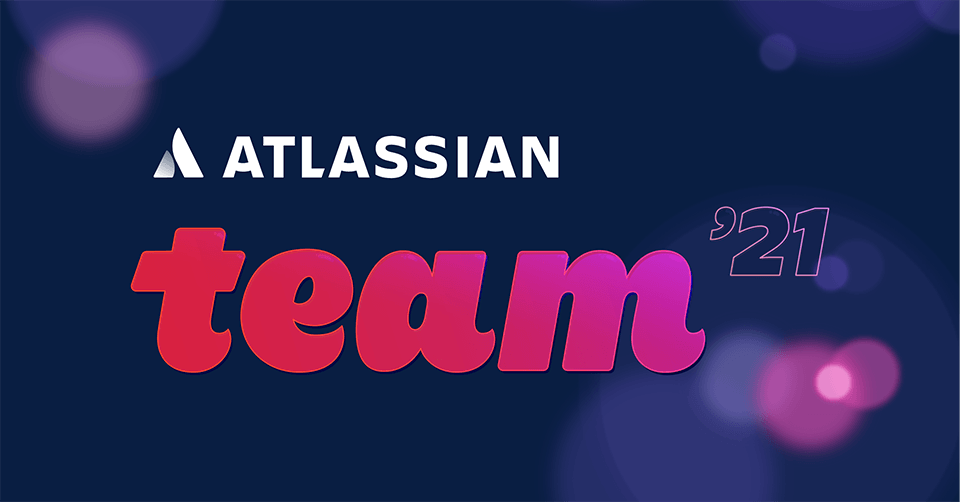As agile ways of working continue to rise to prominence within organisations, it’s important to consider whether your current practices and principles align with scaling agile.
A question you may ask, is “which agile project management framework is right for my business?”
The answer depends on a considerable number of factors. It would not be prudent to assume that your business could simply adopt a new agile framework without first scrutinising your current ways of working, any methodologies your teams follow, and the scale at which your business needs to able to deliver large projects.
Taking this question into account, we’ve compiled comparative notes on two popular large-scale agile frameworks: Disciplined Agile Delivery (DaD) and Scaled Agile Framework (SAFe).
What do DaD and SAFe both have in common?
In terms of DaD vs SAFe, it’s important to note that both of these large-scale agile frameworks combine the essence of different agile teams into a common, much larger programme. When comparing DaD vs SAFe, you should consider your business objectives and current situation carefully. Both frameworks perform similar functions, but there are dissimilarities that should be noted as they may affect your day-to-day in different ways.
So how do they differ? SAFe is known to harbour its own restrictions, whereas DaD follows a much looser approach to scaling agile.
SAFe
Let’s consider the traditional Waterfall methodology and its inception within engineering. Is it similar to SAFe and its restrictive nature? The linear, sequential setup and the careful documentation of every step; requirements, design, details – before being able to code, test and deploy, make Waterfall a timely method of working that can cause delays to market. But, while SAFe isn’t as rigid as Waterfall, and while it does use scrum ideology, it is still considered to be fairly prescriptive and inflexible.
Many critics believe SAFe contradicts the agile notion of adaptability, in the way it involves a heavy amount of upfront planning and its meticulous process definitions. Its lean processes could be criticised for using the common scrum idea of prescriptive sprints. We know sprint cycles increase at higher levels within the framework, but is this way of working too rigid? This is a very top-down approach, much like Waterfall, and its need for leaders and administrative persons within an organisation to review and oversee all documentation surely takes leadership and freedom away from developers?
Would teams benefit from having the flexibility to step away and adopt different ways of working?
In fact, despite SAFe being a thorough framework, it can also be argued that implementing it is no easy task. Not only does SAFe require copious investment, it also demands a shift in cultural habit and mindset within an organisation. Expecting a team to quickly change their daily working habits to suit a new development methodology doesn’t align with agile ways of working.
DaD
The main difference between SAFe and DaD is flexibility. DaD recognises the variations between different projects and allows teams to freely make process decisions, making it an adaptive agile project management framework.
The way DaD works is that it enables steady delivery through DevOps and continuous integration processes. Like SAFe, DaD uses scrum ideologies, but will factor them in and then extend them. While scrum delivery focuses solely on construction, DaD also includes the project inception and transition elements around the construction phase. Scrum is just one approach, whereas DaD is a hybrid agile project management framework that includes many different lifecycles. These lifecycle models allow teams to freely adapt their ways of working with managing agile projects, rather than being restricted to one prescriptive method. Using lifecycles to maintain momentum also allows teams to deliver quickly, receive feedback and put learnings into practice the next time round.
DaD’s enterprise practicality is an attractive element, particularly for larger organisations. At a global scale, SAFe is impractical for larger organisations as they would need more flexibility throughout their agile teams. But with DaD’s flexibility, agile project management can be achieved easily within different locations across the world.
That’s a brief description of how DaD differs to SAFe. The most important question here, however, is which framework is right for your business?
DaD vs SAFe: A Scenario
You are the Senior IT Manager of a well-known finance company. You know your organisation hasn’t yet settled on a single agile framework, and you’re aware that you have the following dilemma:
- One of your teams is using SAFe
- Another department in another location is using DaD
- This is causing delays, miscommunication and confusion
To scale agile, your business would need to agree on one agile project management framework, and have it rolled out within your teams at every location. But you’re then faced with more dilemmas:
- Do you have the budget to invest?
- How will five thousand employees all be trained at once?
- What if members in each team revert to old ways of working?
And that’s where we come in.
Our approach to rolling out agile project management frameworks
Our aim with any framework roll-out is to have an entire organisation working at scale, and agile. But – we also recognise the need for phased deployment.
We start with a small team using an agile release train, and we gradually increase the number of teams, as soon as one team is confident in the new way of working. This enables organic growth within agile teams and is much more efficient than trying to train thousands of people at the same time, which would cause problems with cultural shifts and could make it easier for people to relapse into previous ways of working.
Our experts will sit within your teams and gradually roll-out the agile framework you choose. That way, you’ll quickly have a pool of developers who are versed in the framework, making adaptability throughout your organisation much more streamlined. For further help comparing scaling agile frameworks, or to find out how we could help deploy a phased delivery of agile framework training within your organisation, contact us.
Contact us today and book your free consultation with Automation Consultants
Whether you’re navigating the complexities of DaD vs SAFe, dealing with misaligned teams, or planning a phased framework rollout, we’ll provide actionable insights to set you on the path to greater collaboration and efficiency.





